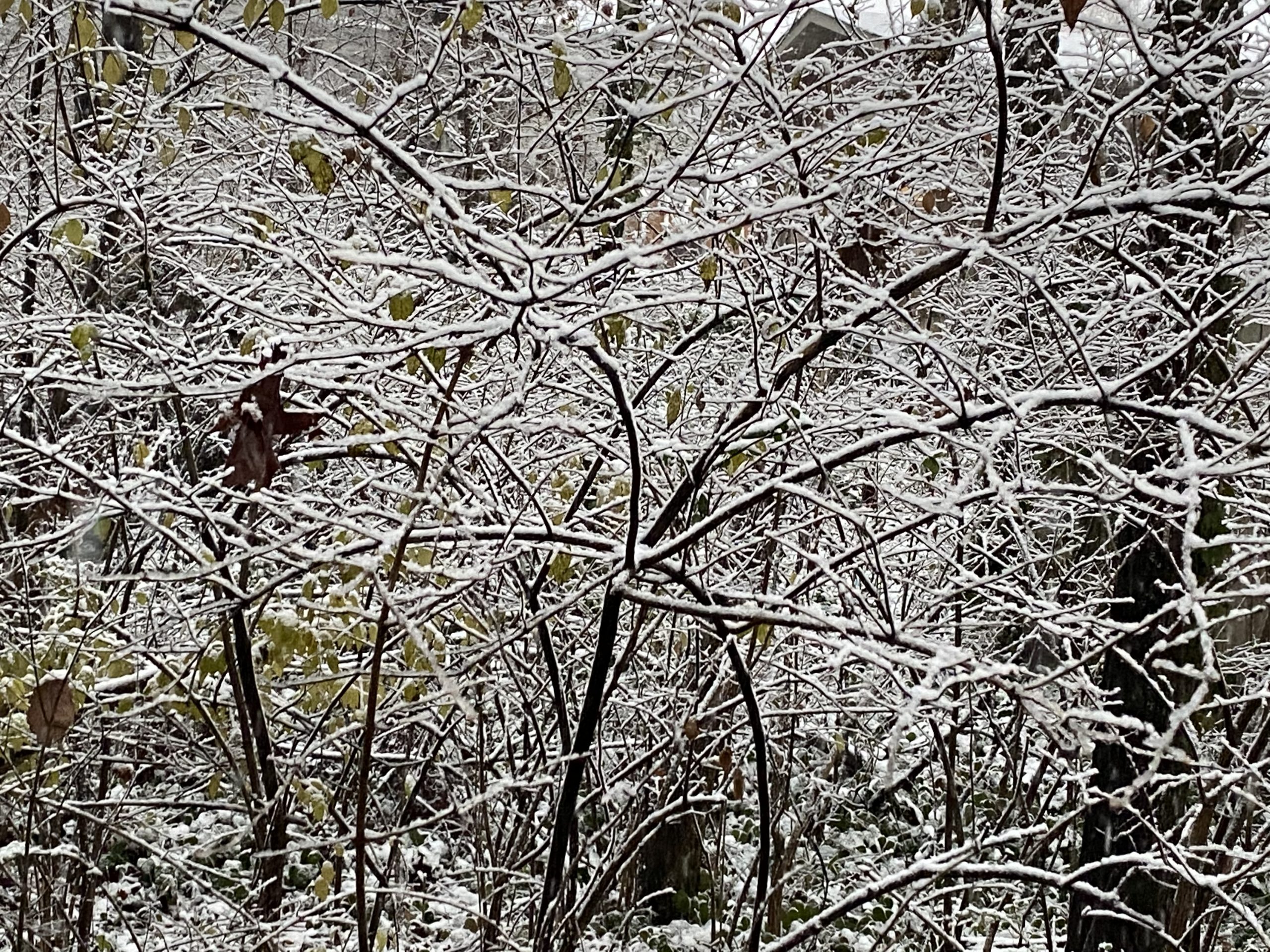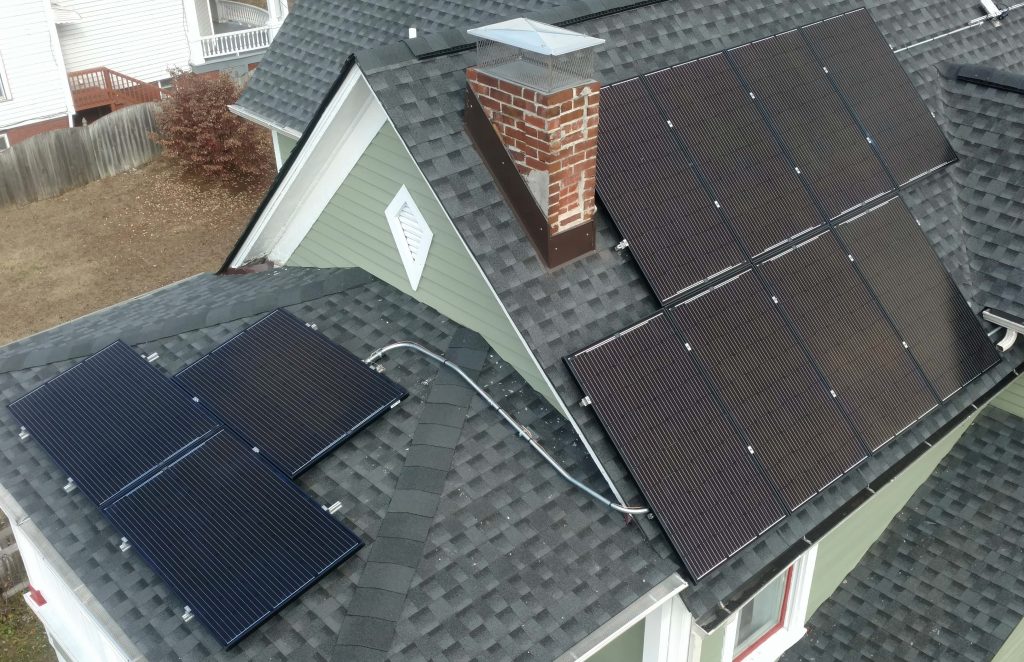
Last Updated on January 19, 2024 by Anne Brock
Being Prepared
Could your safety and security tomorrow depend on how you get power in your home or business today? Can Distributed Energy Resources be part of your defense against the impact of extreme weather events? Once again, extreme weather has proven deadly for dozens across the United States and threatened the safety of thousands more. PowerOutage.us tracked more than 6 million electric customers losing power at one time or another during 2022 winter storm events. Winter storms, tornadoes and hurricanes cost lives, knock out power and do billions in property destruction. It goes without saying that survival amidst natural disasters can be drastically different, depending on the level of preparedness and severity. We’ve seen this in some of the most recent weather tragedies to hit the US mainland.
Subscribe to our YouTube channel for the latest!
The cost of a cruel winter storm in Texas was 246 lives lost in early 2021, according to the Texas Department of State Health Services. 161 of those deaths are documented as “extreme cold exposure-related injuries,” – in other words, freezing to death.
The National Weather Service explained the extent of that storm as, “The Winter Outbreak that occurred on Valentine’s Week 2021 brought not only snow, sleet and freezing rain to Southeast Texas, but also extreme cold temperatures that lasted for several days. This was one of the most impactful winter events in recent history that brought multiday road closures, power outages, loss of heat, broken pipes, and other societal impacts for the region.”
Costly Losses
The Federal Reserve Bank of Dallas reported insured losses from that winter storm at $10 to $20 billion. An estimated 4.5 million customers lost power during this extreme winter event considered the worst of its kind in Texas history.

Leading Examples
In another example, residents and managers of an all-solar community in Florida told CNN they never lost power despite the storm surge and winds of Hurricane Ian. Babcock Ranch was featured by multiple national news networks for its ability to provide reliable solar power to keep the lights on for its residents. This level of reliability and safety endured, though Ian left 2.59 million customers without electricity when it swept through Florida. Babcock Ranch is the embodiment of a vision by retired National Football League player Sydney Kitson, whose Florida-based real estate company, Kitson & Partners, developed the vast Babcock Ranch community in Southwest Florida.
That is just one community where distributed solar is providing an option for homeowners. The Mississippi Public Service Commission has made efforts to make solar more accessible for low- to-moderate-income households, through compensation with its net metering program. The Solar Energy Industries Association reports this incentive for adding solar is now available for nearly a half million homes in Mississippi.
Planning Ahead
How could builders, businesses and communities mitigate the impacts of weather extremes? Planning that includes solar energy production and storage for specific communities, still connected to public utilities, has the potential to hedge against future power blackouts and possibly save lives.
Residential builders and business owners can find solutions involving solar power with options for battery storage as well as backup generators. With good planning, these distributed systems have the ability to not only protect the individual utility customer, but could help strengthen the entire community by making the grid more robust. Creating microgrid options and allowing power to be distributed throughout the communities, local utilities can better respond to outages and spikes in power demand during natural disasters.
Businesses and developers have the resources available now to better prepare for power outages with solar and energy storage. Along with utility planning, the strategic placement of microgrids and solar PV systems, more communities will be better able to respond in emergency situations. The same planning that protects during disasters can also save money for businesses and utilities in the long run. This kind of preparedness means energy, economic and environmental security.
Contact us at Solar Alliance today about how you can create a reliable power source for homes or businesses – or even an entire community – that is not dependent on whether or not extreme weather knocks out a power grid.
